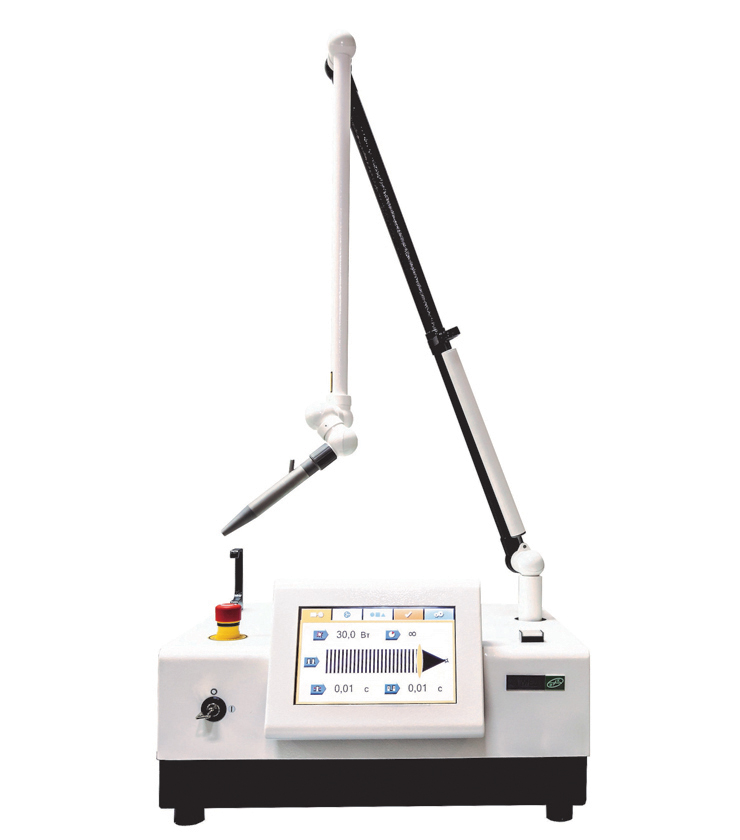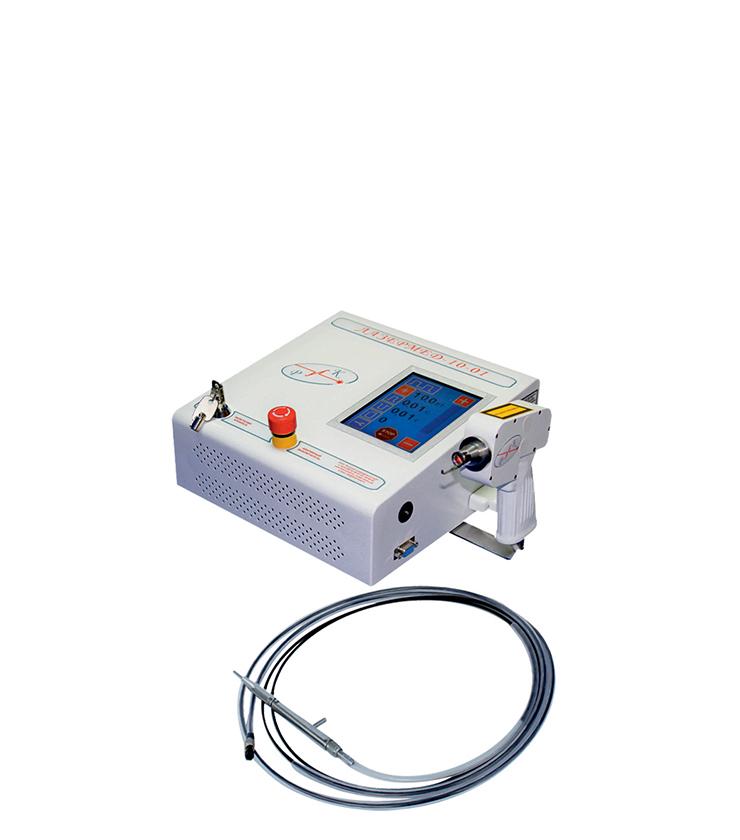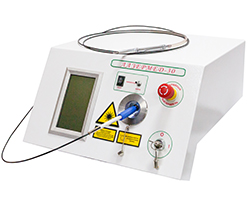







While using the Lancet and other laser surgical units, it is necessary to observe laser safety regulations. Laser safety is the package of engineering, sanitary, treatment-and-prophylactic, and organizing measures which provide safe conditions for personnel work and for the medical application of laser apparatuses.
The safety regulations on the use of Lancet and other laser units are based on the following normative documents:
1) Sanitary Standards and Regulations on the Design and Operation of Lasers (the Ministry of the Russian Federation, No. 5804-91);
2) The Branch Standard: Labour and Health Protection in Those Working with Laser Radiation (the USSR Ministry of Instrument Engineering, OST 25-1296-88);
3) The Standard of the International Electrical Engineering Commission "The Radiation Safety of Laser Devices, The Classification of Equipment, Requirements and Guidelines for the Users (IEEC Standard, Publ. 825, Geneva, 1984);
4) Laser Safety, GOST P 50723-94;
5) Optimization of Surgeons' Working Conditions While Using CO2 Lasers: Guidelines of the Main Sanitary Board, USSR Ministry of Health, Moscow, 1987.
Laser surgical apparatuses, including those using a CO2 laser, belong to Class III of the hygienic classification of (medical) lasers, i.e. their use envisages the direct action of laser radiation on man (patient) by the respective indications, their application at medical institutions in an appropriate dose and by the trained staff authorized to work with them. It should be remembered that exposure of human beings to a direct laser radiation is banned in all spheres of laser application, but medicine. Therefore, the use of Lancet LSA prohibits one from:
- looking directly at the laser beam;
- bringing into the area of a laser beam the shining things (watches, rings, etc.) capable of inducing its reflection;
- leaving the laser unit switch-on alone.
The individuals above 18 years of age, who have no medical contraindications, have trained at a special training center in laser medicine and certified as having qualification group 1 in safety engineering and have a permit to work using the lasers (the Russian Federation Health Ministry's Order No. 162 of May 19, 1992) are allowed to apply the laser unit.
While contacting with surgical laser, including CO2 lasers, the medical staff may be additionally affected by the following factors:
- noise arising from the laser unit;
- gases and aerosols which are laser radiation-biological tissue interaction products.
The time for the medical personnel to contact with the laser surgical units greatly varies within a working day and depends on the type and number of the performed operations and manipulations. It is 5-15 minutes in general surgery, as long as 1.5 and 2-3 hours in oncological surgery and plastic repair, respectively.
The level of laser radiation in the working places of the surgeons who make operations using the CO2 laser is determined by the reflectivity of the biological tissues and surgical instrument, which the laser beam is incident on.
When a routine surgical instrument is used during operations, the levels of reflected laser radiation in the surgeon's working place are 2-4 times higher the maximum permissible levels (MPL) and increase by more than a factor of 102 with the smooth instrument's reflection. The use of special surgical dead-surface and screened instruments provides a profound reduction in the levels of the reflected laser radiation in the surgeon's working area.
The sound levels due to the operation of laser apparatuses are 53 to 57 dB. Noise is continuous in nature, has a wide-range spectrum and the predominant sound pressures in the high-frequency region. With the concurrent operation of a laser unit and another surgical equipment, the noise levels increase up to 64-70 dB (MPL is 50 dB). When applying the Lancet LSA, the noise level is minimal.
Special smoke exhausters systems are employed to reduce the concentration of products of interaction of laser radiation with biological tissues in the operative field. In the Lancet LSA, the system for evacuation of combustion products is based on the heaving of inert gas.
The adverse influence of the above factors on the medical staff working in operating rooms may be eliminated by implementing a package of designing, laying-out, organizational, engineering, and therapeutical-and-prophylactical measures.
The lay-out and equipment designs for operating rooms wherein laser surgical units are to be used should be discussed with state sanitary inspection bodies.
The Lancet laser surgical units may be used in the routine operating rooms, by taking into account the following requirements:
- the materials that have shining and glossy surfaces, a high reflectance for laser radiation with a wavelength of 10.6 µm shall not be used to finish the floor and walls of operating rooms;
- the sign of laser danger by GOST 12.4.026-76 ("Signal Colours and Safety Signs") shall be attached to the door of an operating room;
- the area of an operating room where the Lancet laser unit is located shall be at least 36 sq.m.;
- the surfaces of medical equipment in the operating rooms shall be dead and made of incombustible materials.
To prevent the laser beam-biological tissue interaction products from polluting the air in the operating room, it is reasonable to install a unit for local suction and subsequent purification of the air releasing into the atmosphere.
Sanitary and engineering measures to reduce the levels of noise made by laser surgical, anesthetic, oxygen, and other equipment should be implemented in the laser-equipped operating rooms.
Each operation using the laser surgical unit is to be recorded in a special registry, by indicating the energy and time parameters of laser radiation.
The medical staff applying the laser surgical units must be able to render first aid in laser radiation injury.
It is advisable to wear routine spectacles with colourless glasses to protect the eyes from accidental injury caused by a direct or reflected CO2 laser beam.
A surgical overall or coat made of thick lightproof cloth can protect the skin from the reflected laser radiation.
The respiratory and gastrointestinal tracts are protected with routine aseptic gauze bandage from admixtures, if present in the inspired air.
The certificate for each laser surgical apparatus includes a section detailing the safety measures to be strictly followed.